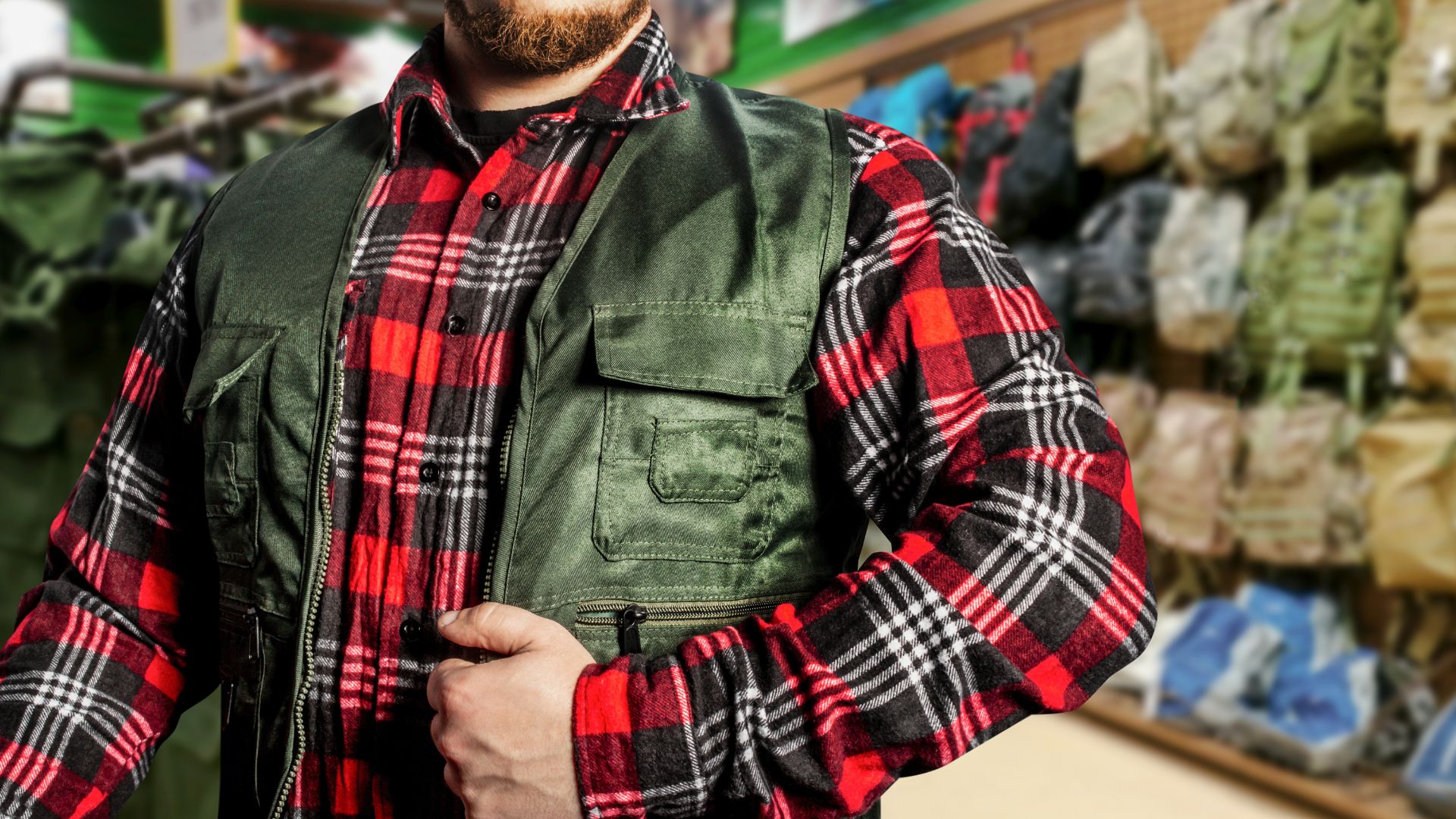Hunting Jackets and Boots

Find the appropriate gear for hunting is essential to success. From searching through dense brush to wading swamps or quietly stalking bedded bucks with bow in hand, top-of-the-line jackets and boots are indispensable tools of survival.
Ask any experienced deer hunter and they’ll rank boots among their five essential hunting pieces of gear. Boots need to be comfortable, warm, and durable in order for hunting expeditions to go smoothly.
Boots
Boots provide vital protection to the feet when trekking rocky mountain terrain, wading through creeks or scaling ridges to reach your deer stand. Without suitable footwear, blistered and rubbed feet could quickly develop.
Hunting boots should provide more than just protection for your feet; they should also add comfort. A boot’s height should match up to your hunting terrain, body weight (plus pack weight) and weather conditions you will face during each hunt.
The ideal hunting boots are like tailored suits – they fit comfortably around your foot, are cushioned enough for protection, and offer enough support in challenging hunting environments. A good boot should fit snug enough that it keeps the foot stable without creating discomfort, but should not restrict movement excessively or cause friction or friction-induced pain. Typically bootmakers offer a flexibleness scale showing which boots have more flexible or stiffer structures with 1 being most flexible and 5 being stiffest.
Socks
Finding a pair of comfortable socks can make all the difference when it comes to comfort, fit and style. Modern socks feature advanced fibres like bamboo that offer resilient cushioning while simultaneously being eco-friendly – helping keep feet dry while being environmentally responsible!
Your feet produce an excessive amount of perspiration, which if left unchecked can lead to blisters and friction. Socks can help absorb this moisture, while also helping prevent foot odour by drawing moisture to areas where air can evaporate it away. The best socks may even prevent foot odor by drawing moisture to places where air can quickly dissipate it away from the feet.
Ankle-length socks are great for casual shoes, while calf length socks reach down just past the knee and work best with boots. Calf-length socks also pair well with suits; you can find different colours, patterns, materials and even silk ones with custom labeling to add that extra luxury!
Rain Jackets and Pants
On rainy days and activities that involve being out in the open, performance jackets such as trail running and hiking jackets must be waterproof/breathable to keep rain at bay while moving sweat away from where it may gather and cause overheating. Waterproof/breathable gear ensures rain stays out while moving sweat away from where it could pool against clothing and cause overheating.
Rainwear features a durable water repellent (DWR) finish to form a barrier on its fabric surface and keep water from penetrating and beading up on it, but not all fabrics are waterproof and even top-tier jackets may lose their waterproof rating as soon as their fabric becomes dirty.
Regularly washing your rain gear with products specifically tailored for waterproof/breathable apparel such as Nikwax Techwash can help avoid dirt build-up and restore its DWR finish, and can reduce soap residue buildup from repeated usage. Most technical jackets feature adjustable hood visors, drawcord waist and cuff closures and pit zips to allow fine-tuning ventilation during strenuous activity.
